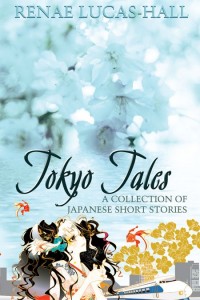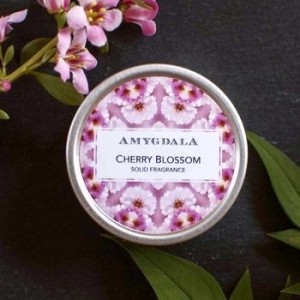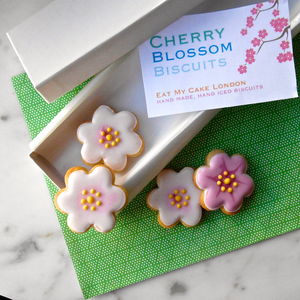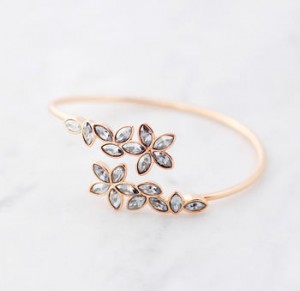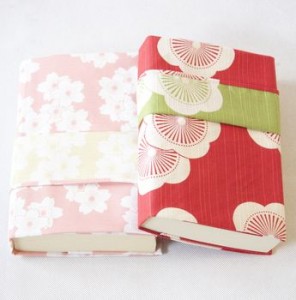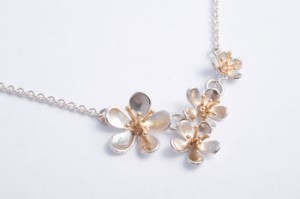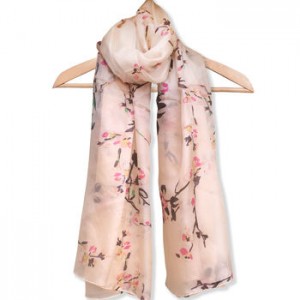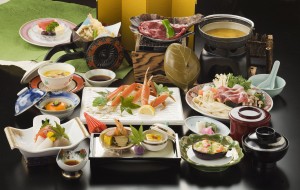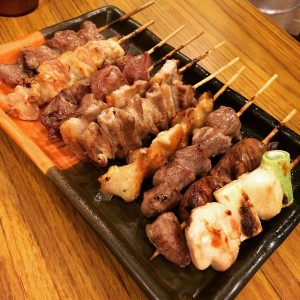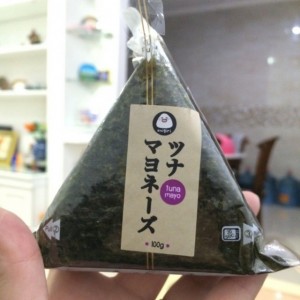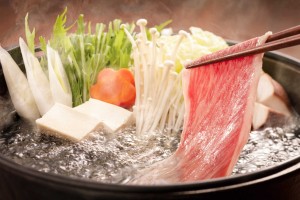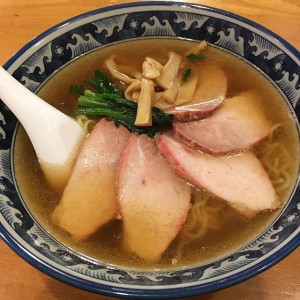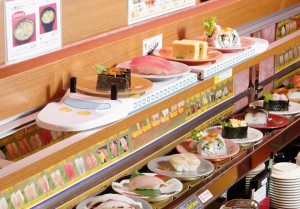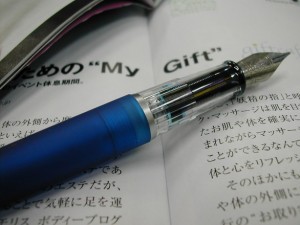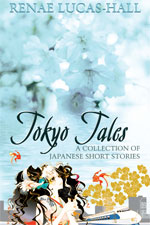Sayuki, meaning “Transparent Happiness”, was the name given to an Australian called Fiona Graham when she made her debut as a geisha in Japan on 19 December 2007, making her one of the first Westerners in the 400-year history of the geisha to be accepted into this mysterious and intriguing “flower and willow world”.
SCROLL DOWN TO READ MY EXCLUSIVE INTERVIEW WITH SAYUKI OR CONTINUE READING TO FIND OUT MORE ABOUT SAYUKI’S BACKGROUND AND HER FASCINATING LIFE.

Sayuki first went to Japan when she was fifteen years of age for a student exchange program. She went on to study at Keio University but she later decided, after graduating from Oxford with a Ph.D. in social anthropology, to spend a year as a geisha as part of her research for a television documentary. In the end, it wasn’t possible for her to do the television program while training as a new geisha so Sayuki received permission from the geisha office to continue as a working geisha and she made a long-term commitment to the geisha community. In her role as a geisha she has spent many years learning to play the yokobue flute and the shamisen, traditional Japanese musical instruments. She has also learned all the mannerisms and social customs that take several years for a geisha to perfect. Becoming a geisha in Japan is an extremely demanding role that requires enormous discipline. Hundreds of hours are spent learning essential social skills as well as traditional arts and music in order for a geisha to become a successful, well-known, and popular entertainer. An accomplished geisha must also speak fluent Japanese and she must have a tremendous understanding of the Japanese culture as well as the history of Japan. She is also expected to be witty and attractive and be able to converse simultaneously in a stimulating yet light-hearted way when she is entertaining guests. Up until now, clients have predominantly been very wealthy businessmen or nobility, and therefore a geisha must always conduct herself in an intelligent, elegant, and persuasive manner.
The world of geisha is really very beautiful and awe-inspiring. Although you sometimes hear sleazy and negative connotations and innuendos towards geisha, in reality this is simply a misunderstanding brought about by people who have an ignorant and uneducated understanding of the geisha in the modern world. One thing is for certain, it’s perfectly acceptable and reasonable for a geisha to date whomever she likes, but geisha never marry.
Sayuki is, in fact, an extremely well-educated lady. She is an Oxford scholar, a fluent Japanese speaker, a lecturer at Waseda University and Keio University in Tokyo, a published author of several business books, and an anthropological film director. Sayuki also appeared on the Oprah Show in 2010. As well as this, she has been interviewed and her life has been documented by top news channels all over the world.
These days, Sayuki no longer resides and works at her original okiya (geisha house) in Asakusa. Sayuki now runs her own independent geisha house in Yanaka, a traditional part of Tokyo, where she trains new geisha. Although she gets many requests from foreigners to train as geisha, it is not possible for foreigners to work as geisha without permanent residency.
A lot of Sayuki’s guests are Japanese and in the past it was almost impossible to meet a geisha in Japan without Japanese connections but Sayuki has opened her doors and welcomes foreign guests who have a genuine interest in geisha and their accomplishments. For a prearranged fee, geisha can sing and dance for you at a banquet while you enjoy the finest Japanese kaiseki cuisine, they are also available to entertain you at your business function, or if you’re looking for something less elaborate they will pour tea for you at a tea-house. In this way, Sayuki is bringing the world of geisha into the 21st century.
In order for this traditional art to survive and prosper the geisha need to be accessible on an international level. Sayuki has recognized the need for this and in this way she is preserving the geisha culture for many years to come. Without Sayuki’s vision, the world of geisha could become an intriguing part of Japanese history which no longer exists because only a few people were allowed access or because regular Japanese clients could no longer afford to pay for their services.
Sayuki really enjoys training young apprentice geisha and she’s hoping to receive sponsorship from companies or individuals who are willing to cover the costs of training a dedicated girl who wishes to become an authentic geisha. The cost of lessons, kimonos, hair ornaments, the official debut, and all sorts of other incidentals and expenses that an apprentice geisha will incur over the years are astronomically expensive and so sponsorship is essential and it would be highly appreciated. If you’re interested in sponsorship or meeting geisha in Japan or overseas please visit Sayuki’s website for more information.
EXCLUSIVE INTERVIEW WITH SAYUKI OF ASAKUSA
Can you please tell us a little bit about your geisha house (is it a traditional house/how many rooms/reception rooms) and how many geisha live there?
At the moment, I have one hangyoku taking a break (as her father is ill and she needed to help support her younger siblings with a fixed income job), and another about to come, so my house is very quiet for the first time in a long while! The house I am living in is an 80 year old traditional “nagaya” house commonly found in Kyoto, but very rare in Tokyo. It is a large house for a single person by Tokyo standards, which gives me space to have young geisha if they want to live in.
How long does it take for you to train an apprentice geisha and what do they need to learn?
It takes a couple of months at the very least for new hangyoku to be able to attend banquets. They must be able to perform at least one dance song to the standards of the very senior geisha and teacher who teaches them and also one drum song to even start attending banquets and learning on the job from their older sisters. This is a very much shorter time than the one year that I had to do to debut in Asakusa though!
On your website you have a new Japanese trainee geisha called Sae. Could you tell us why you chose her and why you think she will be a great geisha?
Sae is a very cute hangyoku and has the personality and demeanour to be able to entertain customers, but also to be respectful and liked by her older sisters, which may be the more difficult of the two requirements for a geisha. It is a great pity that she had family problems as soon as she started. It is very crucial now for the geisha world that there is some steady support for trainee geisha in the first year or two, and I am hoping very much that I can get businesses to sponsor my next geisha trainees.
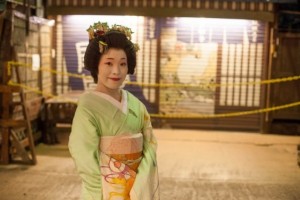
The new Japanese trainee geisha called Sae
How many kimonos does an apprentice geisha and a fully-fledged geisha own?
My customers asked my older geisha sister that question at my banquet last night, and she said she has 90 banquet kimonos. That doesn’t include everyday kimonos to wear to classes or in the day-time. I probably have half that many, but I also have many for my trainees.
How long does it take you to dress in kimono and apply makeup as a geisha?
It takes about two hours on average. At a pinch, I can do it in under and hour, but my trainees take a long time until they get used to it!
Do you work part-time at any other position and are your apprentice geisha allowed to have a part-time job?
I started to work part-time lecturing at university on Geisha Culture once a week when I was in my second year in Asakusa, of course with the permission of my geisha mother and the geisha office. No one had ever done such a thing before, but I gained the understanding of my older sisters when I brought my students as customers to banquets twice a year and they got to meet them for themselves. And now, some of those early students have joined elite companies and are calling geisha to entertain at their work functions; a truly wonderful thing that has made it all worthwhile!
Would you allow your apprentice geisha to marry in the future?
No, I would not. That geisha are never married is one of the romances of the geisha world where every geisha is theoretically single (though of course it is finally her choice).
I read that traditionally a geisha could only communicate with other people through hand-written letters. Can modern geisha use mobile phones? If so, are they allowed to use their mobile phone when they are entertaining guests?
The maiko in Kyoto were not allowed to use mobile phones, but as Kyoto is the only place in Japan where maiko can start at 15 years old (anywhere else in Japan they have to be 18), that probably has a lot to do with preventing homesickness and ensuring that the new maiko is fully concentrated on her maiko education.
In 2013, you attended the Hyper Japan event in London. What other big events have you attended in Japan and overseas and what did you do?
We have been overseas once or twice since I debuted and each time it has been magical. It is hard to travel outside Japan if not invited as geisha because of our busy schedule so I really appreciate being invited and being able to show the other geisha life abroad, and show foreigners a taste of geisha culture!
How much does it cost for foreign tourists to be entertained by a geisha in Tokyo?
The absolute minimum banquet is around 30,000 yen per person for a couple, but for a larger group it gets successively cheaper as the ratio of geisha to customers becomes less.
Which countries made you feel most welcome when you attended events overseas as a geisha?
We have had a wonderful time in every country we have been, and one of my very favourite things to do is to travel with my geisha trainees and sisters abroad. We are keen to travel anytime we are invited! Sometimes customers invite us too just to accompany them. I was invited to Brazil last year to train for six weeks and then participate in the Carnival and it was fantastic to be able to see another country’s music and dance traditions first-hand. We had a great time in England too, with five geisha renting a whole house with a garden near Kensington while we performed at Hyper Japan. There was some confusion though when we went sightseeing to the London Eye and they wouldn’t let us on because they said we were in fancy dress!
It costs a lot of money to train a geisha so you’re looking for sponsorship. What kind of benefits would a person or company receive if they sponsor an apprentice geisha?
Great question as this is the project closest to my heart at the moment! A company in Tokyo could have hangyoku entertain at events or to entertain customers, or appear in advertising. We are in media all the time all over the world, and can certainly repay our sponsors with publicity. Geisha have appeared in commercials for many kinds of high class, luxury services. Company sponsorship is just a modern version of the danna – a traditional sponsor who paid for various parts of a geisha’s requirements, from kimono to debut expenses and not always with any agenda beyond wanting to support tradition. But more than that, there are now fewer geisha than lions and tigers, and as an endangered species, the young ones starting out on their careers could really use some support! There was some talk at some stage of a women’s group here in Tokyo jointly sponsoring a hangyoku, but that ended with the tsunami. I hope I can revive that with another group at some stage, maybe even a group of women abroad.
Do you have any plans to write a book about your experiences as a geisha?
I am now some years late in fulfilling my obligation to one publisher to write a book about the geisha world. As I hadn’t planned to continue in the beginning, I have some dilemnas about writing about a world that survives on secrecy and romance. I would very much like to finish the documentary project that was the beginning of me becoming a geisha, though, and that would now be based, not just on myself, but on my geisha trainees and the community of geisha with whom I work, and who work in a number of the Tokyo geisha communities. I welcome inquiries from broadcasters.

Sayuki in kimono on a day when she’s not working as a Geisha
What are your plans for the future?
I very much want to keep supporting young girls who want to become geisha. There are fewer geisha who are taking in trainees and largely because I had a kimono shop at one time, I was able to collect everything necessary to have three or four young girls at any one time. Foreigners do write to me all the time about wanting to train, but it is not possible to be a geisha without long-term residency in Japan. And I want these girls to be geisha but also to be in the modern world. In the past, we have had clothes sponsors, been sponsored to go overseas, and such. I think it is really important for these girls not to feel that they are missing out on modern life by becoming geisha.
Anyone can join a banquet by simply contacting Sayuki on her website, and anyone can call geisha out of Japan to perform at events in the UK or elsewhere.









